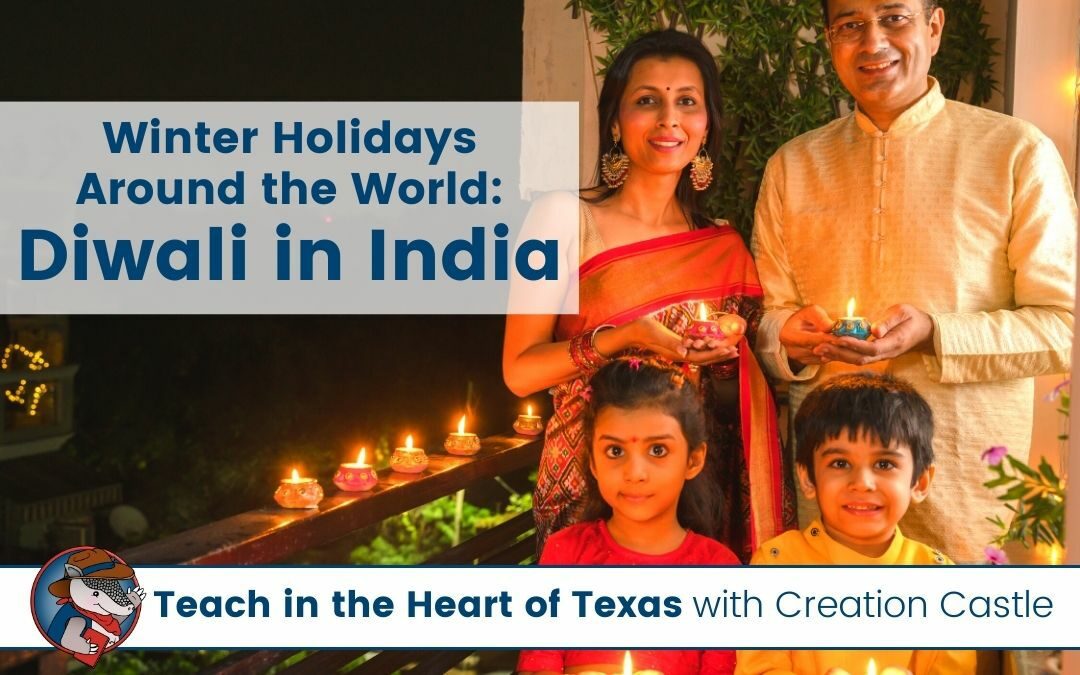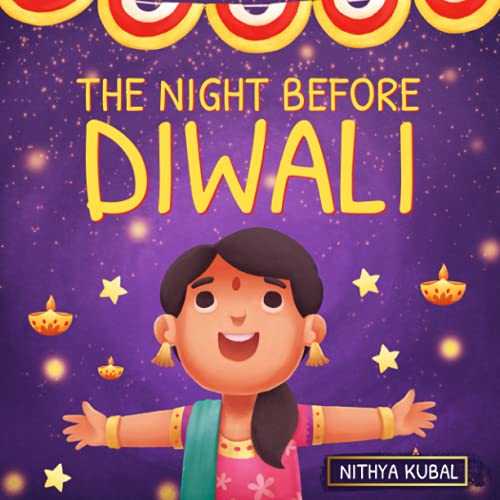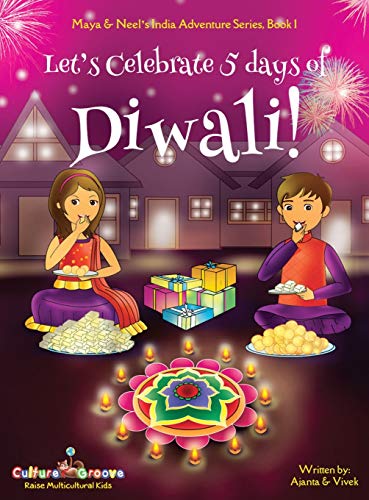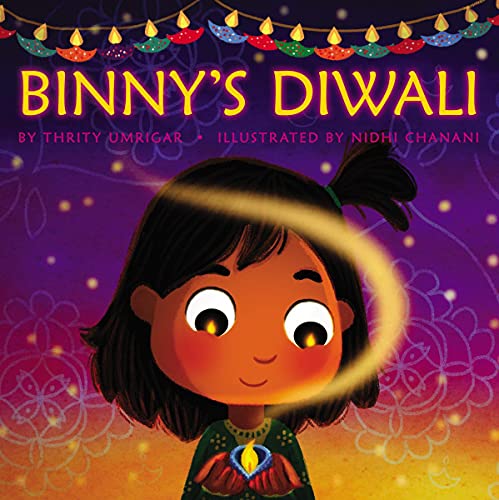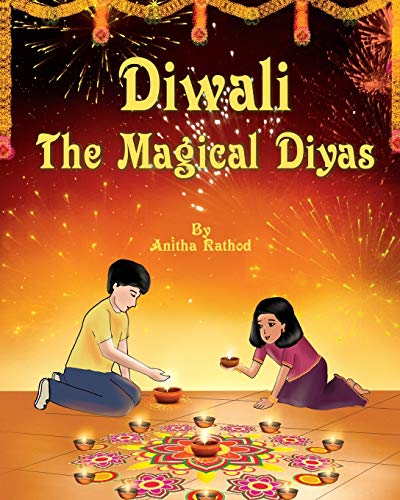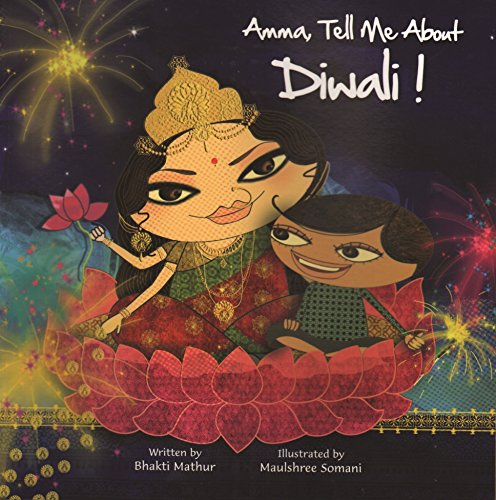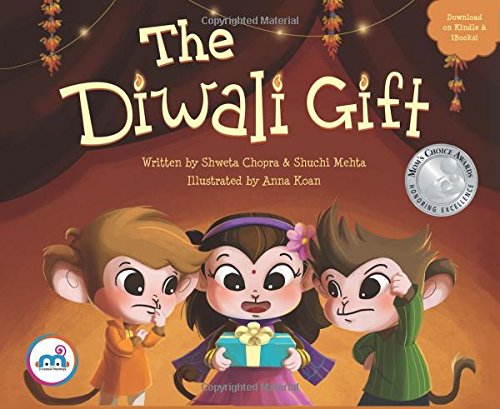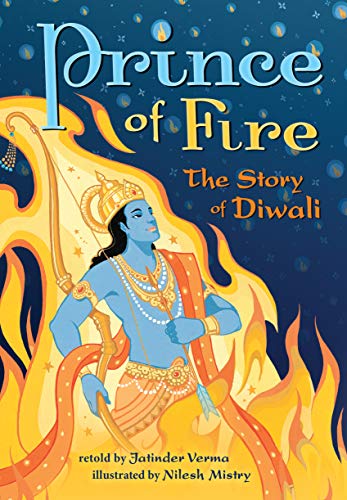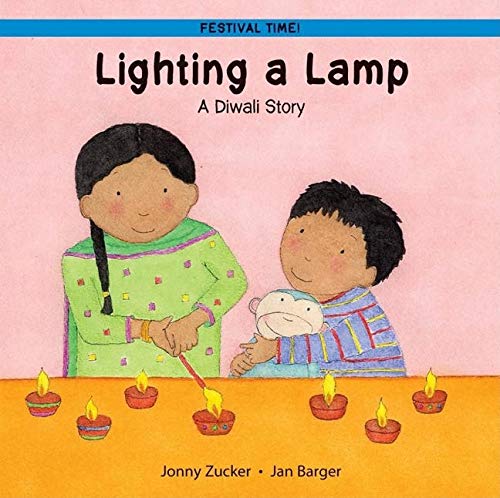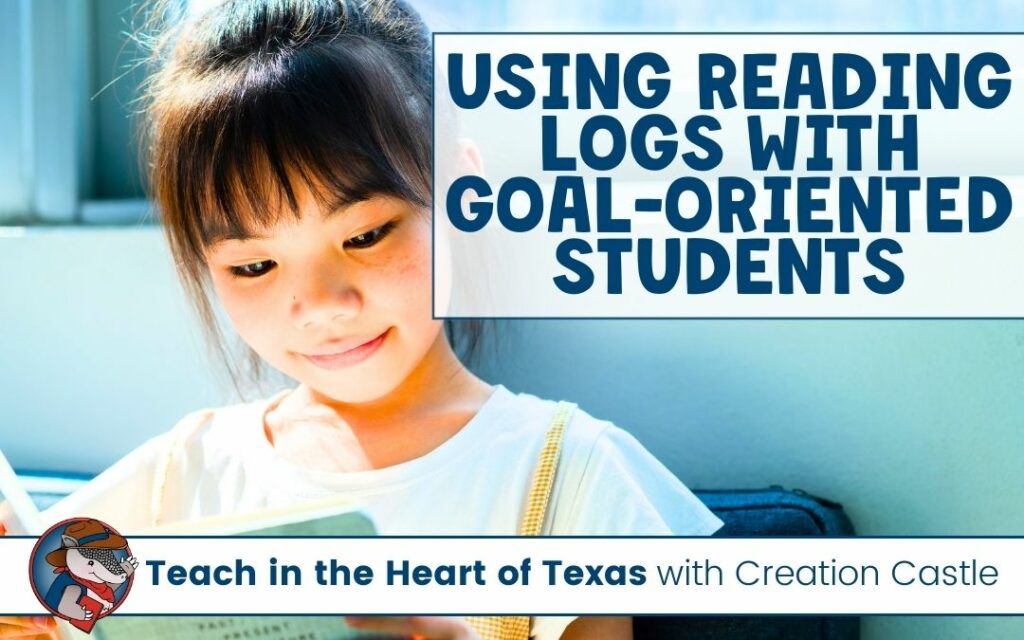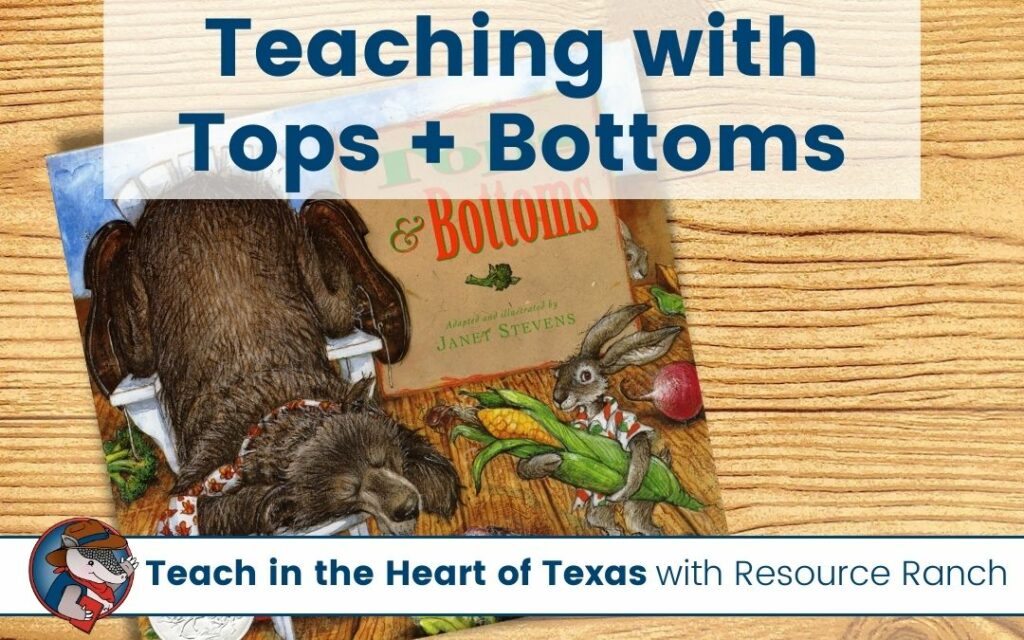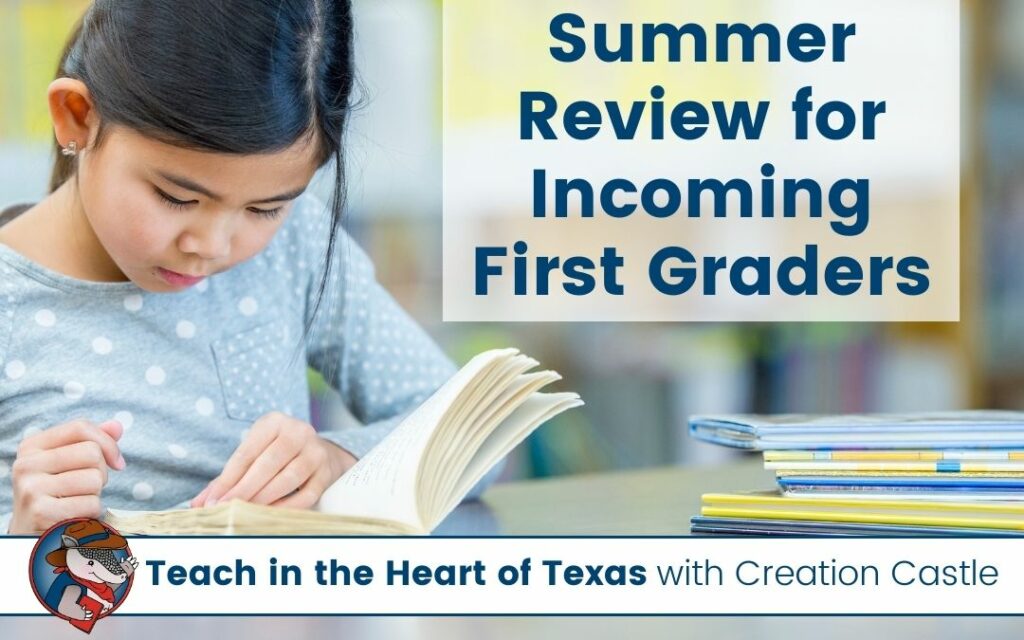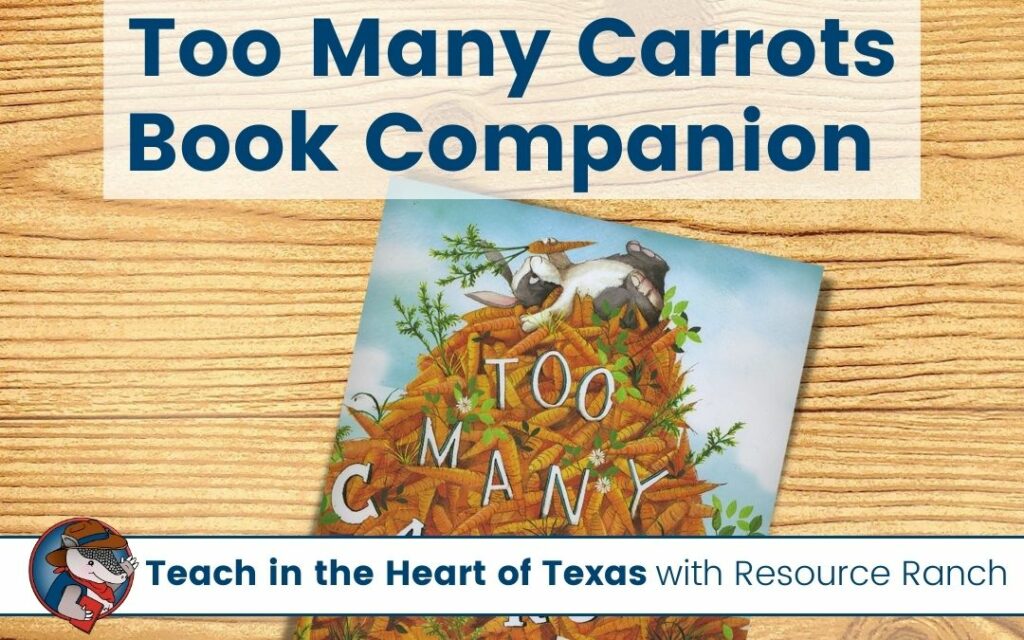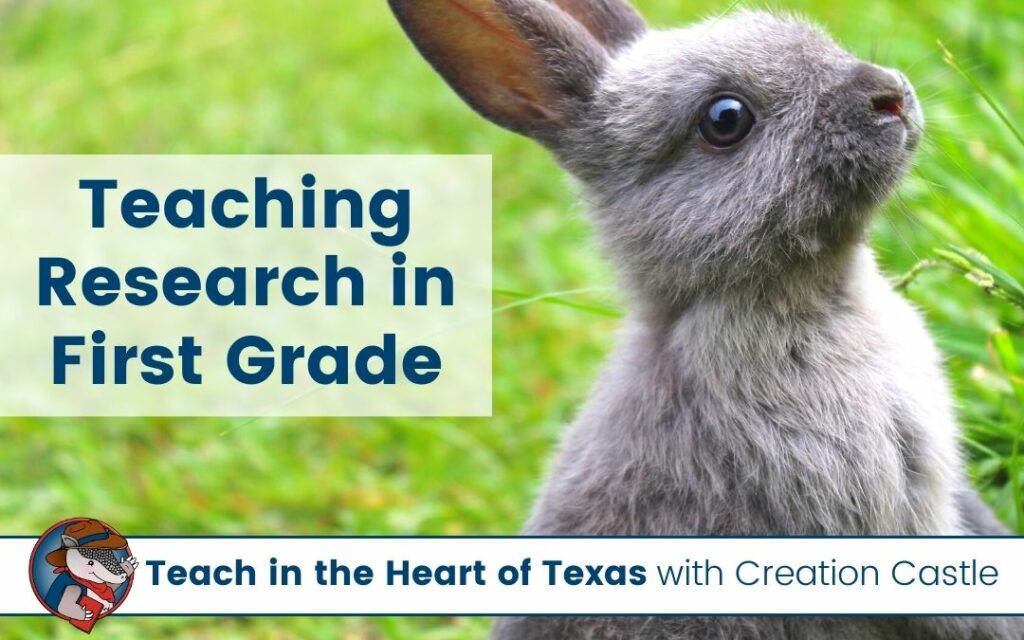When you talk about winter holidays around the world, many people choose to include new year celebrations. Our first new year holiday actually falls in autumn. Diwali, which began in India, begins in late October or early November.
Quick Links
What is Diwali?
Diwali, also spelled Divali, is a Hindu holiday celebrating the new year. This holiday is most popular in India but is celebrated all over the world.
This holiday is often referred to as the Festival of Lights, as the word means “row of lights” in Sanskrit.
When is Diwali?
It is a five day celebration based on the Hindu calendar. The fourth day is the start of the new year. Unlike many parts of the world where January 1st signifies the start of a new year, the Hindu new year is around late October or early November.
Picture Books
There are lots of books written by Indian authors about this holiday. As with any book, I highly suggest picking up a copy and reading it before using it in your classroom. Books like these that are based on a religious holiday may not be appropriate according to your school rules.
How Diwali is Celebrated
Lights are a big piece of this holiday. Small lamps light up houses and temples during this festival. Some are even put in rivers or streams.
Along with lamps, the skies are also filled with lights as people set off fireworks and firecrackers, much like we do here in the states to bring in the new year.
Another part of these celebrations is visiting with friends and family. As with many holidays, small gifts and food are exchanged. New clothes are often worn to symbolize the new year.
Activities and Crafts
Here’s a peek at some of the activities you could do when talking about this holiday in your classroom!
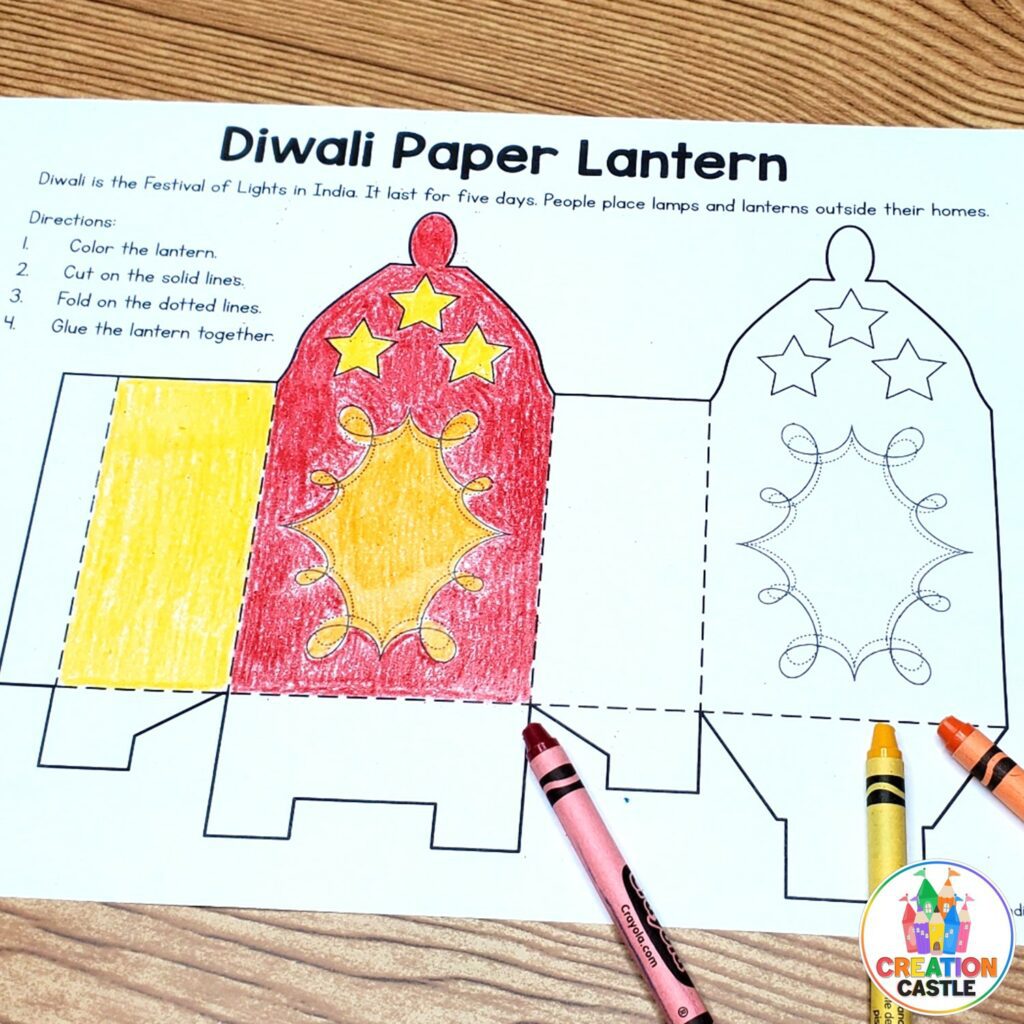
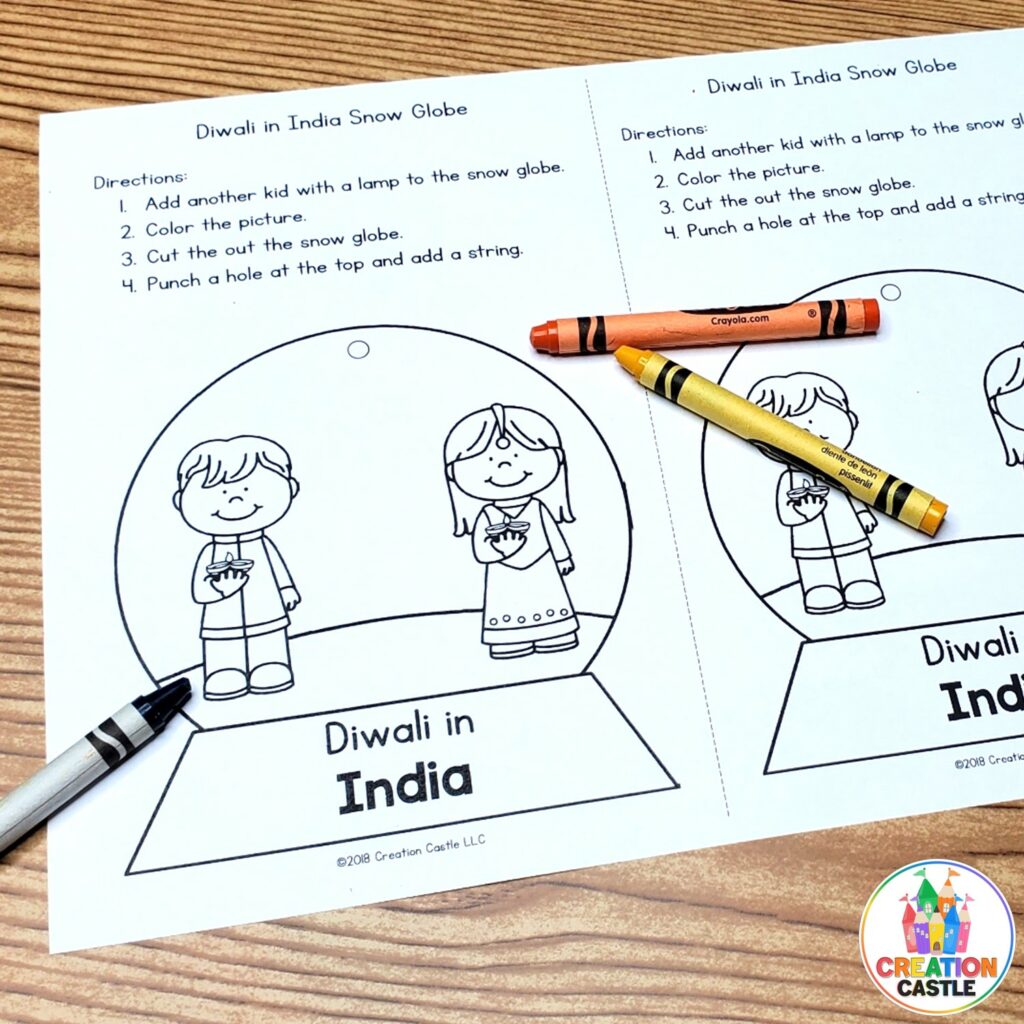
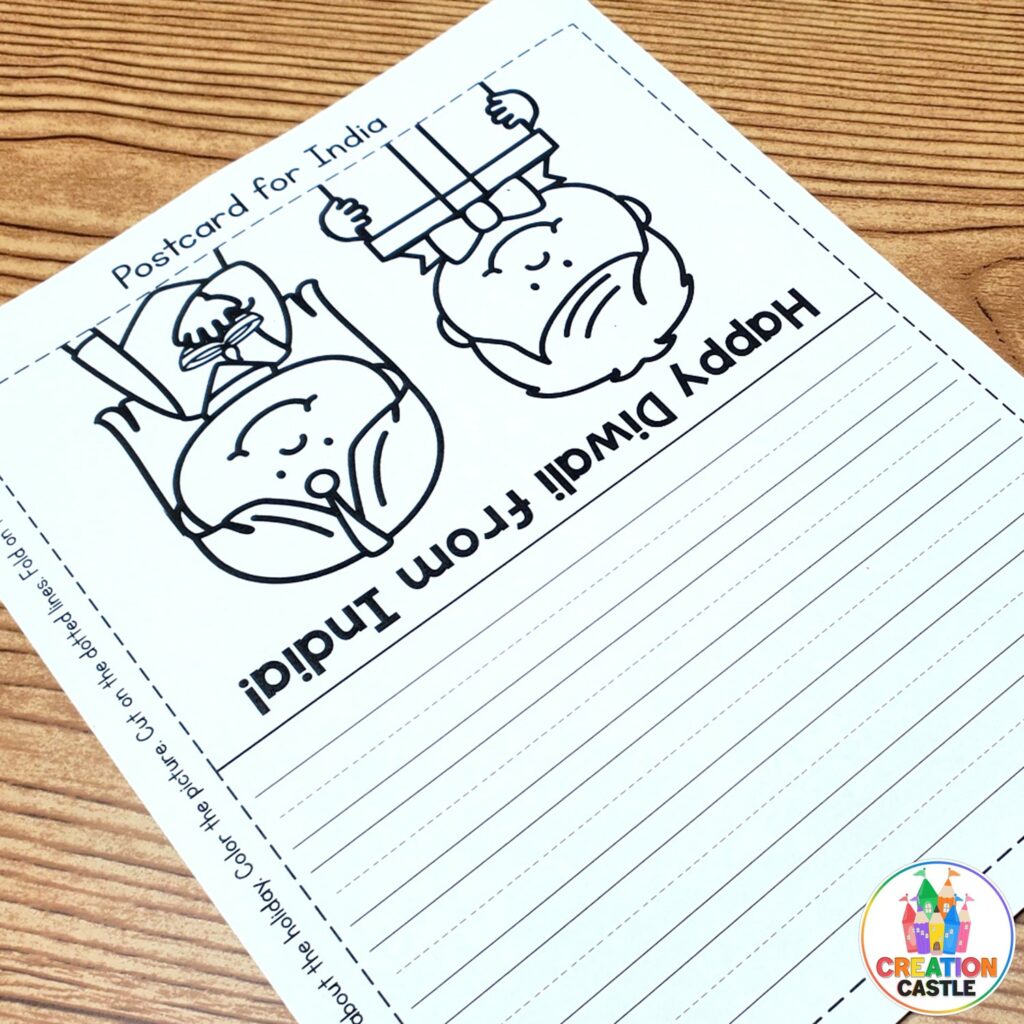
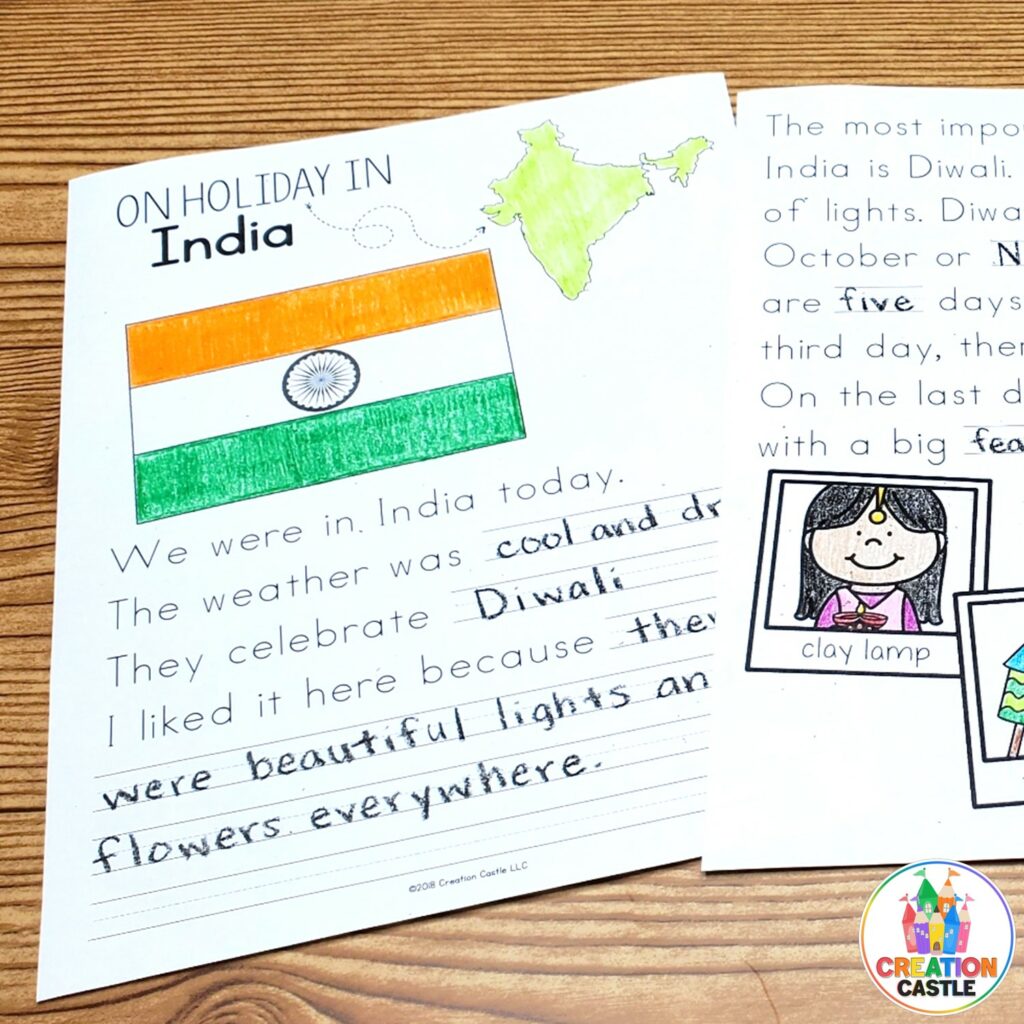
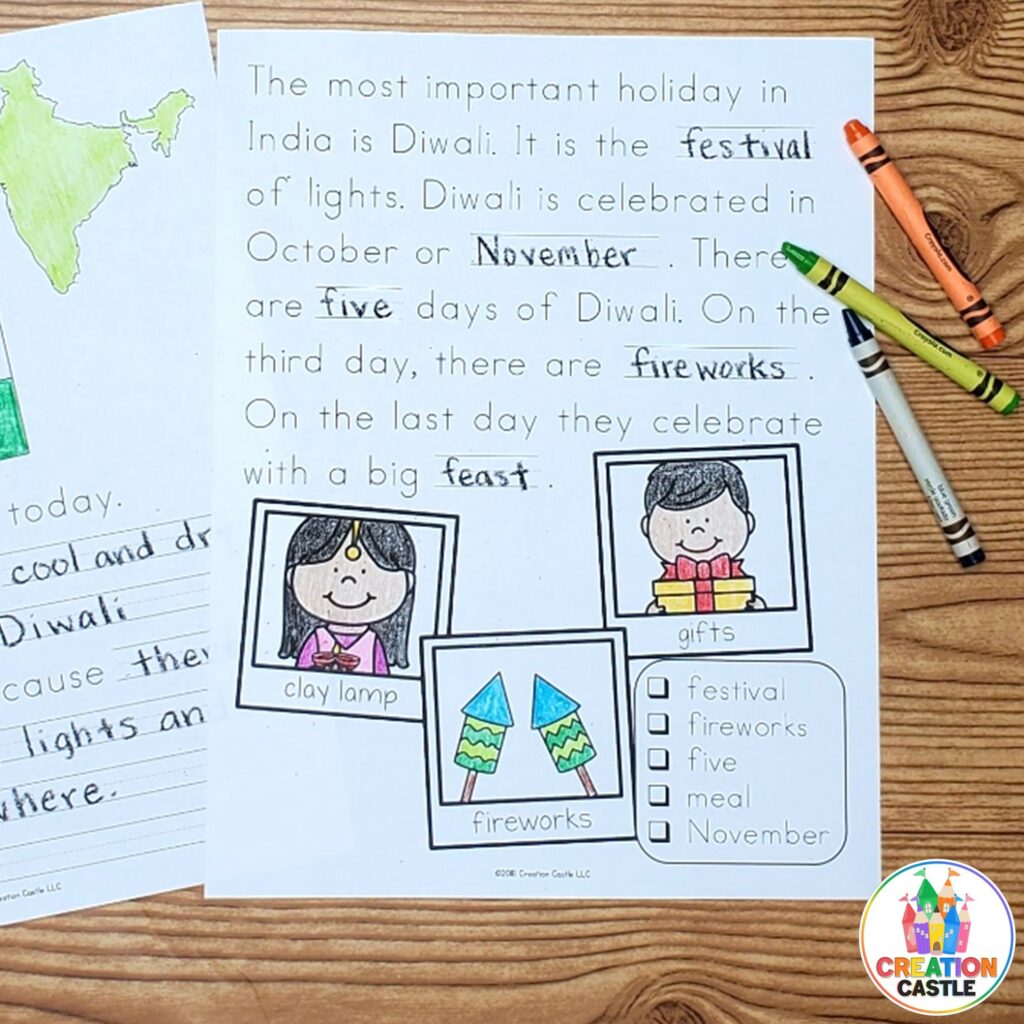
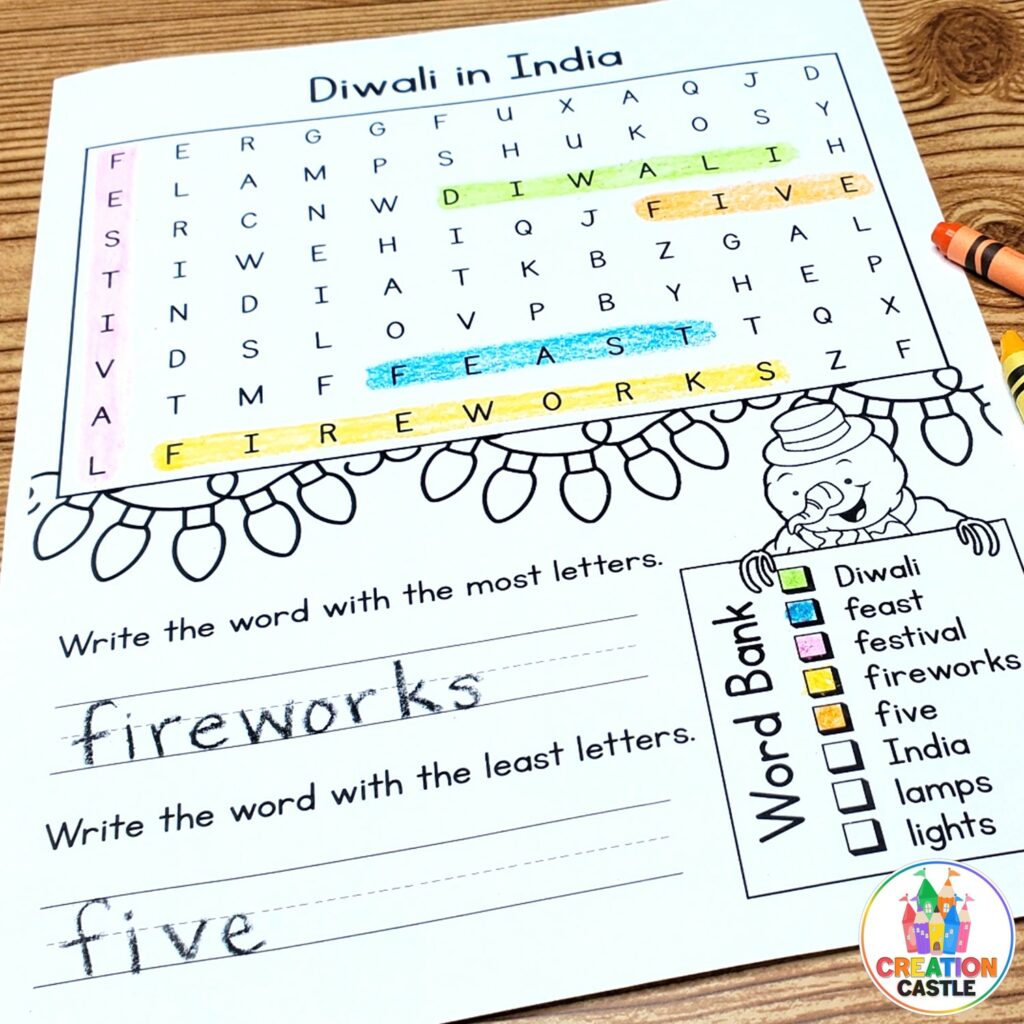
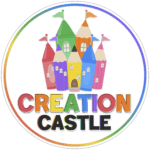
Creation Castle
Heather is the author of Creation Castle. She has experience with general education, special education, and ESL students in kindergarten through fifth grade. She specializes in early elementary math and literacy, as well as organization.

